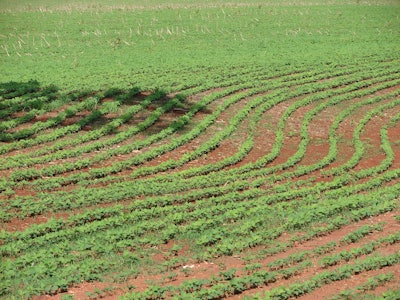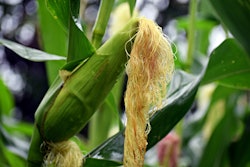
USDA Expected to Report Increased Acres for Planting Intentions
- In corn, the average estimate is 94.328 million acres vs 89.7 million last year, and the 94 million estimate from the USDA Outlook Forum.
- The FBN poll came in at 92.5 million acres; at the low end of the 92.5 - 96.4 million acre range of estimates.
- In soybeans, the average estimate is 84.865 million acres vs 76.1 million last year, and the 85 million estimate from the USDA Outlook Forum.
- The FBN poll came in at 84 million acres; in the lower half of the 82.7 - 87.1 million acre range of estimates.
- The average estimate for all wheat acres is a record low 44.982 million acres in a range of 44.3 - 46 million acres, vs 45.158 million last year, and the 45 million estimate from the USDA Outlook Forum.
- The average estimate for cotton acres is 12.70 million acres in a range of 11.7 - 13.6 million acres, vs 13.738 million last year, and the 12.5 million estimate from the USDA Outlook Forum.
FBN’s Take On What It Means: We see this as a mixed bag for US producers. On the positive side; if soybean acres are near the 85 million expected, they will all be needed if Chinese buying is expected to return for new crop shipment. On the other side; 94 million corn acres combined with a normal yield and steady demand could leave burdensome ending stocks.
Quarterly Stocks Are Expected to Be Lower Than Last Year
- Corn stocks are expected to be 8.125 billion bushels vs 8.613 billion last year. The range of estimates is 7.825 - 8.492 bbu.
- Soybean stocks are expected to be 2.241 billion bushels vs 2.727 billion last year. The range of estimates is 2.075 - 2.701 bbu.
- Wheat stocks are expected to be 1.432 billion bushels vs 1.593 billion last year. The range of estimates is 1.385 - 1.572 bbu.
FBN’s Take On What It Means: For corn, that would be the lowest March 1 supply in four years. The most recent corn harvest was also a four-year low. For soybeans, stocks would be the second-highest in history but down 18% from a year-ago due to a 20% drop in production. Corn is really the wild card thanks to the inclusion of residual usage, which lumps together things such as unreported use, processing losses, and estimating errors. The corn estimate implies use in the second half of the year down a little more than 2% on the year, despite a 4% increase in ethanol usage and increased animal numbers in the period. The problem is the first quarter implied feed use up a massive 19% and it remains to be seen how the agency will adjust. FBN sees this report as neutral for prices, but it's how the actual differs from the estimates that will move the market, and the corn estimate has potential for a large miss.
The risk of trading futures, hedging, and speculating can be substantial. FBN BR LLC (NFA ID: 0508695)















